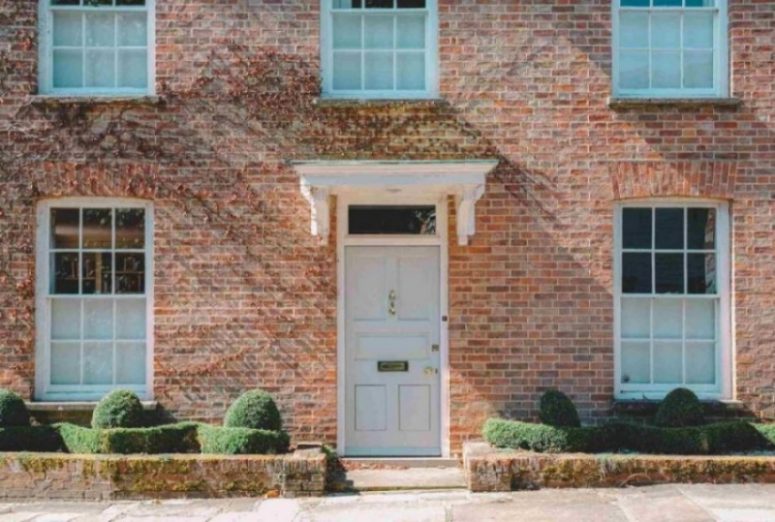
If you own a property and have children or other dependents, you may be wondering, ‘how do I put my house in a trust to protect their inheritance?’ and ‘can I use a trust to avoid care home fees?’. Planning for the future is vital when you have children and other dependents, but knowing how to go about it isn’t always easy.
How do I put my house in a Property Protection Trust?
In the UK, a Property Protection Trust (PPT) is a trust that you can put in your Will so that in the event of one spouse’s death, the other can continue to own and live in that property while the deceased spouse’s share is protected for their descendants. Protective Property Trust Wills must be written in a Will whilst you are both still alive and in good mental health. To ensure this is carried out correctly, it’s always best to enlist the help of a solicitor in creating your Will.
Many people who provide for their families in their lifetime hope to provide for them on their death by leaving an inheritance – usually property or a family home. However, due to illness or unforeseen circumstances, thousands of homes are sold every year by councils or families to pay for a loved one’s care fees. The number is increasing every year and it is unsurprising, therefore, that families are ending up with very little, or even nothing, in these circumstances.
How does putting my house in a trust help?
When a couple jointly owns a property, there are two main ways that they can share ownership and create an inheritance for their children or dependents.
1. Joint Tenancy and a Will:
The problem arises because most couples own property as “Joint Tenants” so that when they die, the house automatically passes to their surviving partner and then to their children or dependents following the second death in a Will.
If the surviving partner needs long term care, they own the whole house and therefore it could be sold to pay for their care, leaving the dependents with nothing. A typical situation may be: –
Mr and Mrs Jones have two children. They own a house worth £250,000. Mr Jones dies, and Mrs Jones automatically becomes the sole owner of the property. Mrs Jones’s health suffers, and she later goes into a care home costing £650 per week. Her property is sold to pay the fees. She lives in the care home for eight years before she dies, meaning all the proceeds from the property’s sale are used to pay the care costs. Mr and Mrs Jones, therefore, have both died, leaving no inheritance to their children.
2. Tenants in Common and a PPT:
In the UK, a property protection trust could help safeguard at least 50% of the property’s value. If Mr and Mrs Jones had severed their Joint Tenancy to become ‘Tenants in Common’, they would each have owned a fixed 50% share of the property. This means that they can then leave this share to whomsoever they wish within their Will, as the share will not automatically pass to the survivor of them as in the example above.
The property protection trust will allow them to leave the property to their children whilst granting their partner a right to live in the property for their lifetime. The surviving partner would have the security of being able to live in the property and can even sell it and downsize if needed.
If we continue the above example:
When Mrs Jones goes into the care home, only her 50% share of the property could have been used for the fees because Mr Jones’ share would be held on trust for his children. Therefore, Mr Jones’ 50% share is protected from being used to pay for Mrs Jones’ care, and the children would receive half the value of the property (in our example, £125,000).
Can I use a trust to avoid care home fees?
Using a property protection trust in the UK will protect your children or dependents’ inheritance should you or your spouse require long-term care, but a trust cannot be set up with the sole aim of avoiding care home fees.
If your local authority has reason to believe that you did this – such as if you had known when you created the trust that you would need long-term care later in life – they could raise it as ‘deprivation of assets’. This means ‘hiding your means when they should be taken into consideration’, and the local authority may investigate. As a result, they might be able to open the trust and include it when means-testing you for care home costs.
You can minimise the risk of this by ensuring you create the trust when you are fully healthy and continuing to live in the family home after it is created.
If you do find yourself wondering what protective property trust costs are, please contact us via our online form or request a callback.
